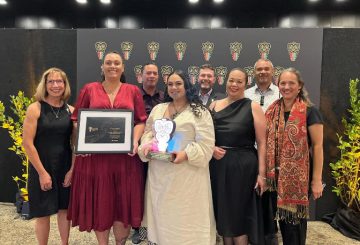Chính phủ đã yêu cầu cơ quan y tế điều tra lại khoảng cách lương cho các y tá cộng đồng, những người đang rời khỏi nhà tuyển dụng của họ trong nhóm để có vai trò trả lương tốt hơn trong các bệnh viện công.
Kinh phí 40 triệu USD đã được đặt sang một bên vào tháng 11 để tăng lương cho các y tá và kaiāwhina làm việc trong lĩnh vực được tài trợ, bao gồm trong chăm sóc dân cư ở độ tuổi, nhà tế bần, các dịch vụ hỗ trợ gia đình và cộng đồng, các nhà cung cấp Thái Bình Dương và các đối tác Māori hauora. Số tiền một lần bắt đầu được thanh toán trong tháng này.
Tuy nhiên, các y tá làm việc trong chăm sóc sơ cấp cảm thấy họ đang bị đối xử không công bằng.
Bộ trưởng Y tế Tiến sĩ Ayesha Verrall cho biết bà được thông báo vào thời điểm đó không có khoảng cách lương đáng kể cho nhóm này, và do đó tiền lương của họ không được tăng lên.
Nhưng trong một tuyên bố từ văn phòng của cô, Verrall nói rằng cô đã yêu cầu Te Whamu Ora điều tra lại liệu một khoảng trống có tồn tại hay không.
Kinh phí là “một khoản đầu tư đáng kể để giảm khoảng trống lương, nhưng nó sẽ không dẫn đến cùng một mức lương hoặc điều kiện làm việc của Te Whamu Ora làm y tá. Đó không phải là ý định của nó”, bà nói.
Goulter cho biết việc trả tiền lương khác nhau cho y tá trên toàn ngành đã tạo ra sự biến dạng trong thị trường lao động, khi y tá bỏ việc làm tại các bác sĩ chuyên khoa và chuyển đến bệnh viện.
Tín dụng: radionz.co.nz





























































